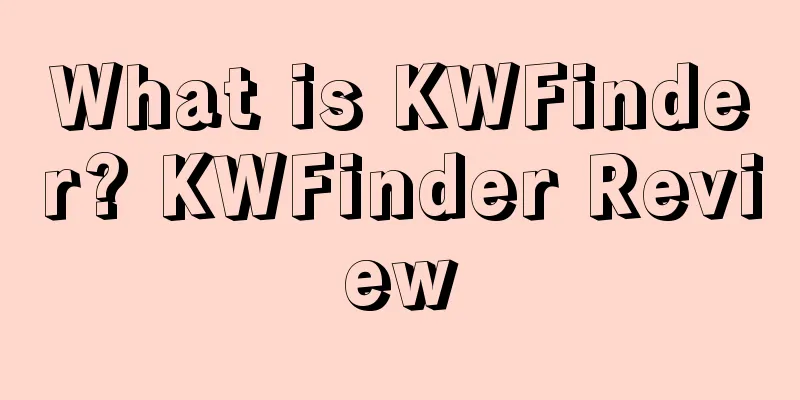Which bidding strategy is recommended for new products on Amazon?

|
1. Dynamic bidding – only lower 2. Dynamic bidding – raising and lowering 3. Fixed Bid - END - |
>>: Amazon Operations in Cards (Part 2)
Recommend
What capabilities should an excellent Amazon operator have?
The full text has 1423 words and takes 7 minutes ...
Amazon’s new advertising rules make it a great idea to pick up bargains!
"Amazon is a bit like Baidu. They make money ...
What is SpherePay? SpherePay Review
SpherePay is a payment company in Singapore. It cu...
What is the potential of Walmart's platform? Grasp the latest sub-advertising trend
Walmart made major adjustments in 2022. Compared w...
Big news! Amazon Coupon discounted prices will affect flash sale prices, and the operating logic will change dramatically!
As one of the most popular promotional tools for A...
Second-hand clothing business opportunities are huge! 15 popular e-commerce platforms recommended
As the nostalgic style craze rises again, American...
Autumn Prime sales are out! Already 70% of Prime Day sales
Last week's Amazon Autumn Prime event allowed ...
How to use advertising to increase sales of new products after one month on the shelves?
1. Specific operations (1) Review and QA: Do some...
What is Amazon variation? Amazon variation review
Variant is a concept on the Amazon platform. It re...
Amazon's 20% discount appears out of nowhere, what do you think?
Yesterday, Amazon sellers were in an uproar becaus...
Shopify's revenue in the first quarter fell short of expectations! The stock price fell to the lowest point in two years!
<span data-shimo-docs="[[20,"获悉,Shopify公布2...
What is Wish HUB? Wish HUB Review
Wish HUB is an EPC transit warehouse solution for ...
What is Dongsheng Logistics? Dongsheng Logistics Review
Dongsheng Logistics Co., Ltd. specializes in (spec...
Amazon In-site Advertising Course (70 pages)
🎉My dears, today I bring you a super practical tr...
What is Snapchat? Snapchat Review
Snapchat is a "disappearing" social chat...









